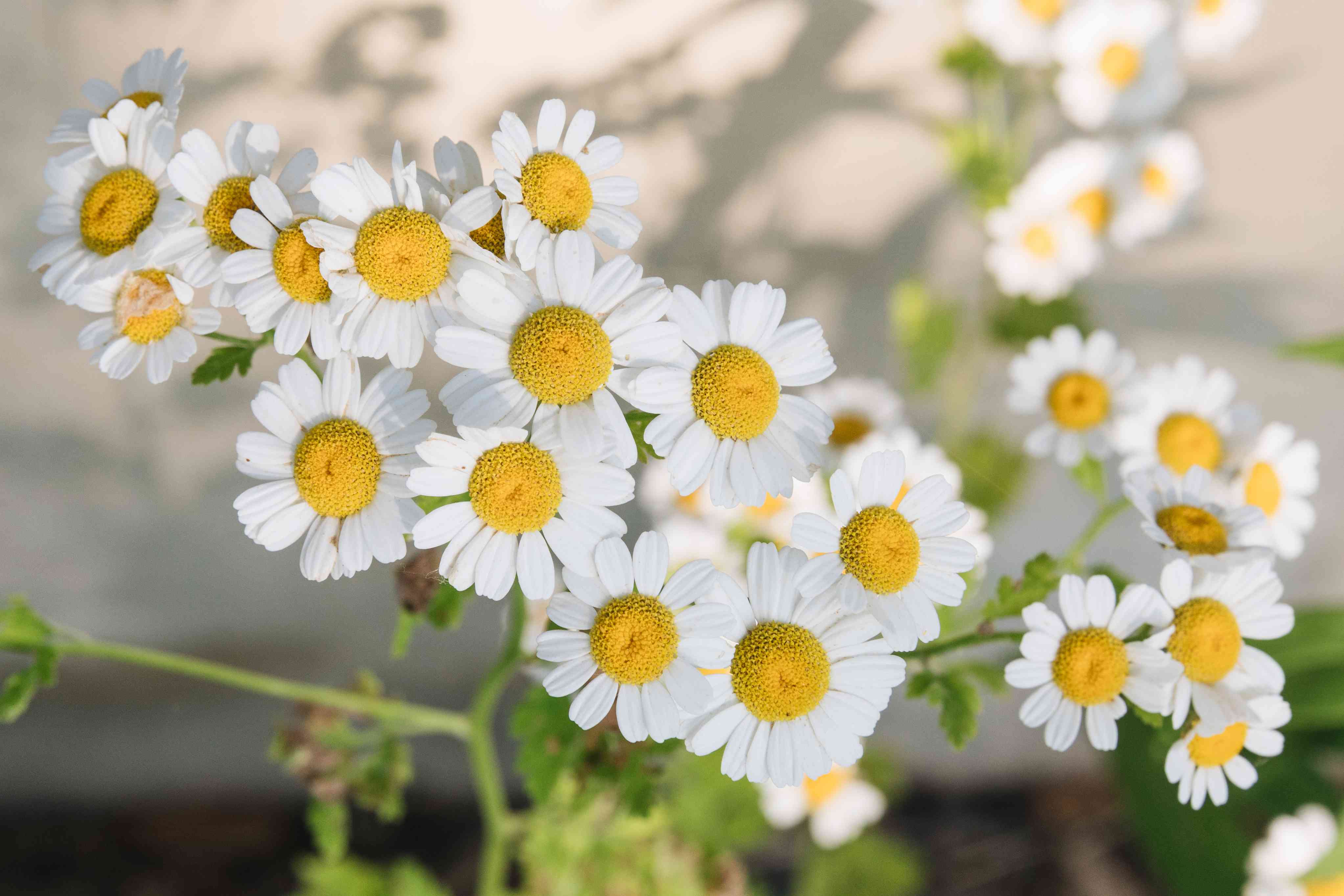
Scientific Name
Matricaria chamomilla
Common Names
Chamomile, German Chamomile
Plant Family
Asteraceae
Location
Native to Europe and Western Asia but widely naturalized and cultivated around the world. Grows well in sunny fields, along roadsides, and in gardens with average to sandy soil. Annual plant, often reseeds easily.
Description
Small, daisy-like flower with white petals and a yellow cone-shaped center. The plant is feathery, fragrant, and typically less than 2 feet tall. The scent is sweet, apple-like, and deeply calming — almost immediately recognizable once you know it.
Uses
Gentle nervine, carminative, anti-inflammatory, and antispasmodic. Excellent for children and adults alike. Used for nervous tension, insomnia, colic, digestive upsets, menstrual cramps, teething, skin irritation, and mild fevers. Great for stress-related digestive issues. Also used topically for skin and eye inflammation.
Energetics
Cooling, drying, relaxing. Calms wind and heat. Softens tension held in the gut and muscles.
Parts Used
Flowers
Constituents
Volatile oils (chamazulene, bisabolol), flavonoids, coumarins, bitter glycosides, tannins
Dosage
- Infusion: 1–2 tsp dried flowers per cup; steep 10–15 min, covered
- Tincture (1:5): 30–60 drops, 2–4x/day
- Topical: Strong tea used as wash, compress, or in baths
Notes on Use
Chamomile is incredibly versatile — calming to the nervous system, gut, and skin. Use it constantly for anxious digestion, cranky kids, or tense shoulders. In formulas, it smooths everything out — like a peacekeeper. While gentle, it's not weak. A strong infusion can soothe cramps, nausea, or inflammation beautifully.
Harvesting
• Harvest when flowers are open and fragrant. Dry in shade with good airflow.
Contraindications
Possible allergy in those sensitive to Asteraceae. May cause drowsiness in high doses.
Recipes
- Tummy Tea: Chamomile, fennel, catnip
- Calm-the-Nerves Blend: Chamomile, lemon balm, skullcap
- Topical Eye Wash: Chamomile tea (cooled and strained well)